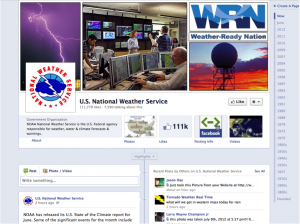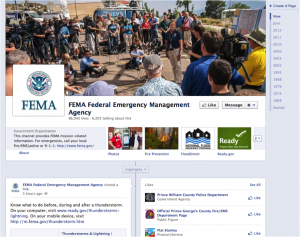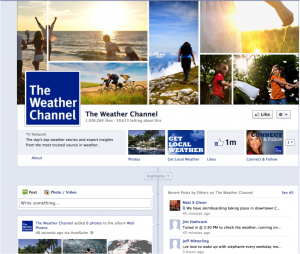How will you get information if your home or community is threatened with severe weather or flooding? This is something to plan for before emergencies arise. Here are a few ideas on where to get up-to-the-minute information of floods, severe weather and other threats. Take the time to bookmark, subscribe, download or follow these information sources now.
The National Weather Service
Part of the National Oceanic and Atmospheric Administration (NOAA), the National Weather Service provides weather forecasts and warnings for all of the United States. The National Weather Service website has maps and forecasts, including winter storm watch, flood watch and hazardous weather outlooks. You can sign up for NOAA email alerts and RSS feeds for weather warnings. You can specify the types of weather warnings you’d like to receive – everything from tsunami warnings to automated flood warning systems.
NOAA also operates the NOAA Weather Radio All Hazards. This nationwide network of radio stations broadcasts continuous weather and emergency information. You must purchase a special radio receiver or scanner to pick up their broadcast signals.
The Weather Channel
The Weather Channel also has weather alert services. You can get information from their website or sign up for email alerts, SMS alerts and even voice alerts. They also have apps for mobile and tablet devices.
Local News Channels
Local radio and television news channels are another good source of weather and emergency information. Take a look at each channel’s website and see if they have email alerts or Twitter feeds for weather related news. For example, WMUR in New Hampshire has email and SMS alert services for hurricane warnings.
State and Local Officials
Responsibility for local flood and severe weather warnings lies with states and local communities. FEMA has an interactive map that can help you see what state and local community resources are available.
For example, if you select Virginia on FEMA’s map, you’ll find that the Virginia Department of Emergency Management has a Twitter feed dedicated to hazards within the state and local regions.
In addition to signing up for flood and severe weather alerts, installing flood vents is another smart thing to do before floods occur. Flood Solutions’ FEMA compliant flood vents can help preserve the integrity of your home and their heavy-duty aluminum construction means they’ll never rust. Contact Flood Solutions to learn more.









